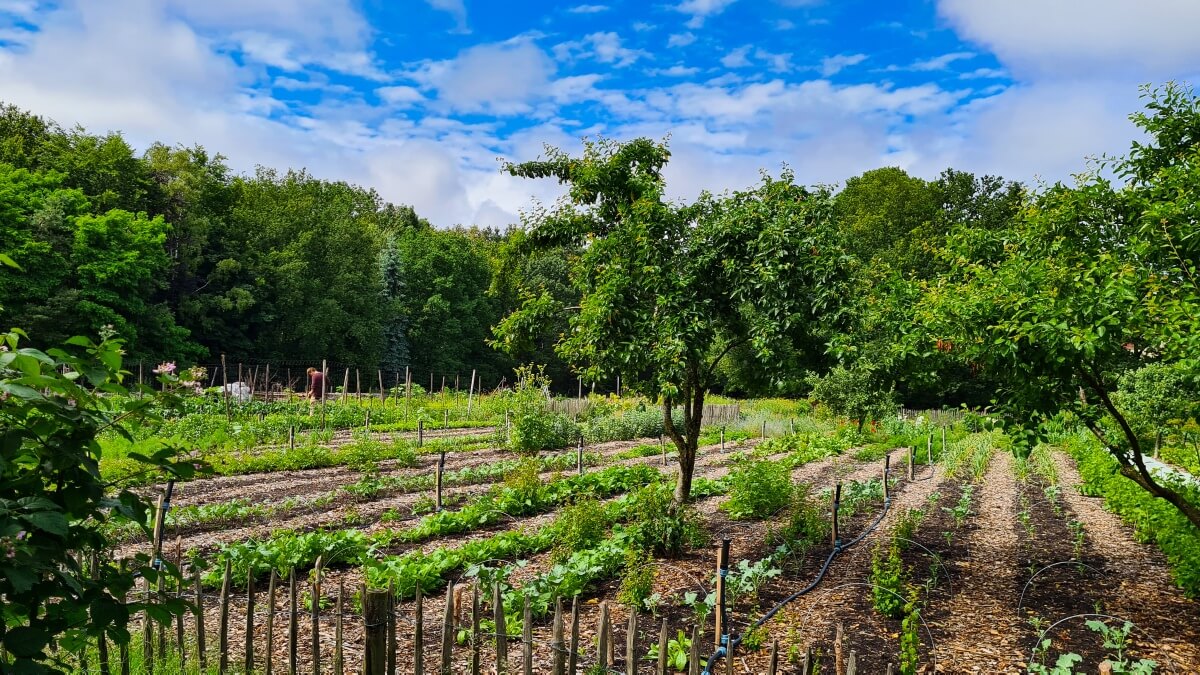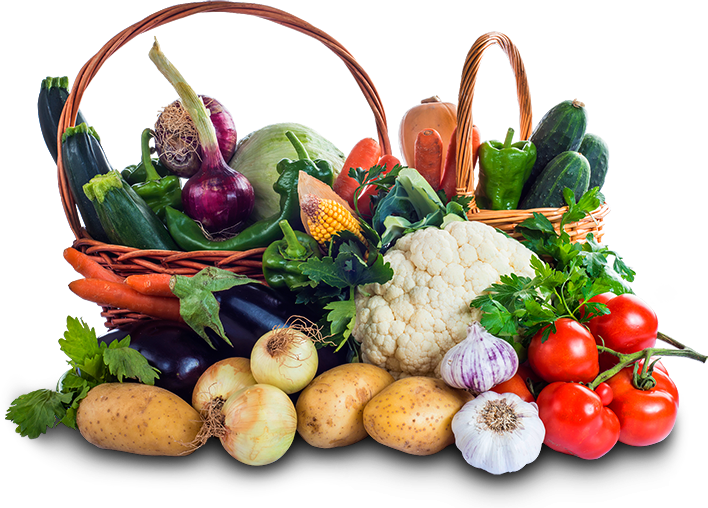
Regeneration Farms from Tree-Range: Pioneering Sustainable Agriculture Practices
Regeneration Farms stand at the forefront of the sustainable agriculture movement, pioneering practices that enhance both the health of the agricultural land and the quality of food production. This approach, known as regenerative agriculture, is fundamentally about restoring natural ecosystems and revitalizing soil health, which are crucial for sustainable farming. For students or researchers working on related projects, you can write your annotated bibliography for fair price, ensuring your sources are properly cited and your research is well-supported. These farms integrate principles such as rotational grazing and the reduction of chemical inputs, positioning themselves as vital to addressing climate change and promoting land resilience.
What is Regenerative Agriculture? Understanding the Core Principles
Regenerative agriculture is more than a method of farming; it is a philosophy aimed at healing the earth through sustainable farming practices that enhance soil fertility and biodiversity. By focusing on healthy soil, regenerative farmers can produce healthy food while also strengthening the natural systems that sustain agricultural productivity. This approach significantly reduces reliance on chemical fertilizers and harmful chemicals, favoring natural solutions that benefit both the farm and the wider environment. Moreover, regenerative agriculture supports local communities by creating sustainable livelihoods and promoting food security. The emphasis on local and seasonal production reduces transportation costs and environmental impact, encouraging community-based economies. It also provides educational opportunities for farmers to learn about sustainable practices that can be applied globally. The collaborative nature of regenerative farming encourages sharing knowledge and resources , which was also provided by StudyFy, strengthening community bonds and resilience. As consumer awareness grows, demand for products from regenerative systems increases, further incentivizing farmers to adopt these beneficial practices, thereby perpetuating a cycle of health and abundance for the environment and its inhabitants.

The Role of Regeneration Farms in Revitalizing Agricultural Land
Regeneration Farms are crucial in the battle against land degradation, a significant issue that threatens global food systems. To learn more about sustainable practices or improve your own writing on these topics, consider using an essayservice promo code for expert assistance. Through regenerative practices, these farms not only enhance soil health but also support local farmers and the local community, creating a sustainable model of food production that encourages others to adopt similar methods. The integration of practices like cover cropping and rotational grazing ensures that the land remains fertile and productive for future generations.

Techniques Employed at Regeneration Farms: Enhancing Soil Health
At Regeneration Farms, a variety of innovative techniques are employed to maintain and improve soil health, which is the backbone of regenerative farming. Techniques such as using a roller crimper to manage cover crops without chemical inputs, and rotational grazing that improves soil fertility and structure, are central to their approach. These methods are designed not only to sustain crop productivity but also to ensure the long-term sustainability of the farm, fostering healthy ecosystems and reducing the need for synthetic inputs.
The Importance of Healthy Soil in Sustainable Agriculture
Healthy soil is the foundation of sustainable farming and is central to the philosophy of Regeneration Farms. Soil that is rich in nutrients and free from harmful chemicals supports healthy food production and strong natural ecosystems. By enhancing soil health through regenerative practices, these farms play a critical role in sustaining food production and ensuring environmental stability. Techniques that boost soil health also contribute to water retention and reduce erosion, mitigating the impact of climate change on agricultural land.


Case Studies: Success Stories from Regeneration Farms
Regeneration Farms have numerous success stories that highlight the effectiveness and benefits of regenerative agriculture. These case studies often showcase how transitioning to regenerative methods has resulted in better soil, increased biodiversity, and enhanced crop resilience. From small family-owned farms to larger agricultural operations, the positive impacts of these practices are evident in the increase of local food production and the reduction of environmental pollution.

Challenges and Opportunities in Expanding Regenerative Practices
While the benefits of regenerative farming are clear, there are significant challenges in expanding these practices across the farming industry. Issues such as the initial cost of changing methods, the need for education and consulting services, and resistance to change from traditional farming communities can hinder progress. However, the growing awareness of environmental issues and the proven success of regenerative techniques present substantial opportunities for growth and influence within the agricultural sector.
The Future of Agriculture: Predictions for Regeneration Farms and Their Impact
Looking forward, Regeneration Farms are set to play a pivotal role in the future of agriculture. As the demand for sustainable and healthy food options grows globally, these farms are well-positioned to lead the change towards more environmentally friendly and economically viable farming practices. The continuous development and refinement of regenerative techniques will likely spur further innovations in the sector, promoting a more resilient and sustainable model of agriculture that can adapt to and mitigate the challenges posed by a changing climate. Essay platforms like PaperWriter provide high-quality writing solutions that enhance students’ academic performance. These services deliver original, well-researched content that aligns with university standards.